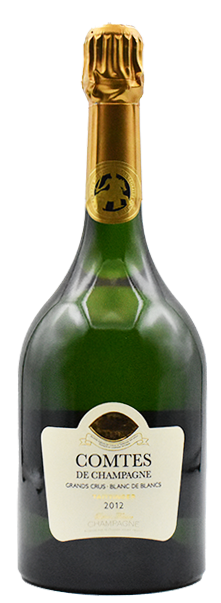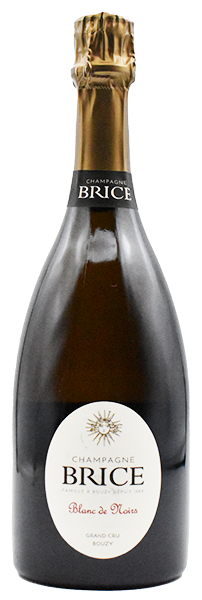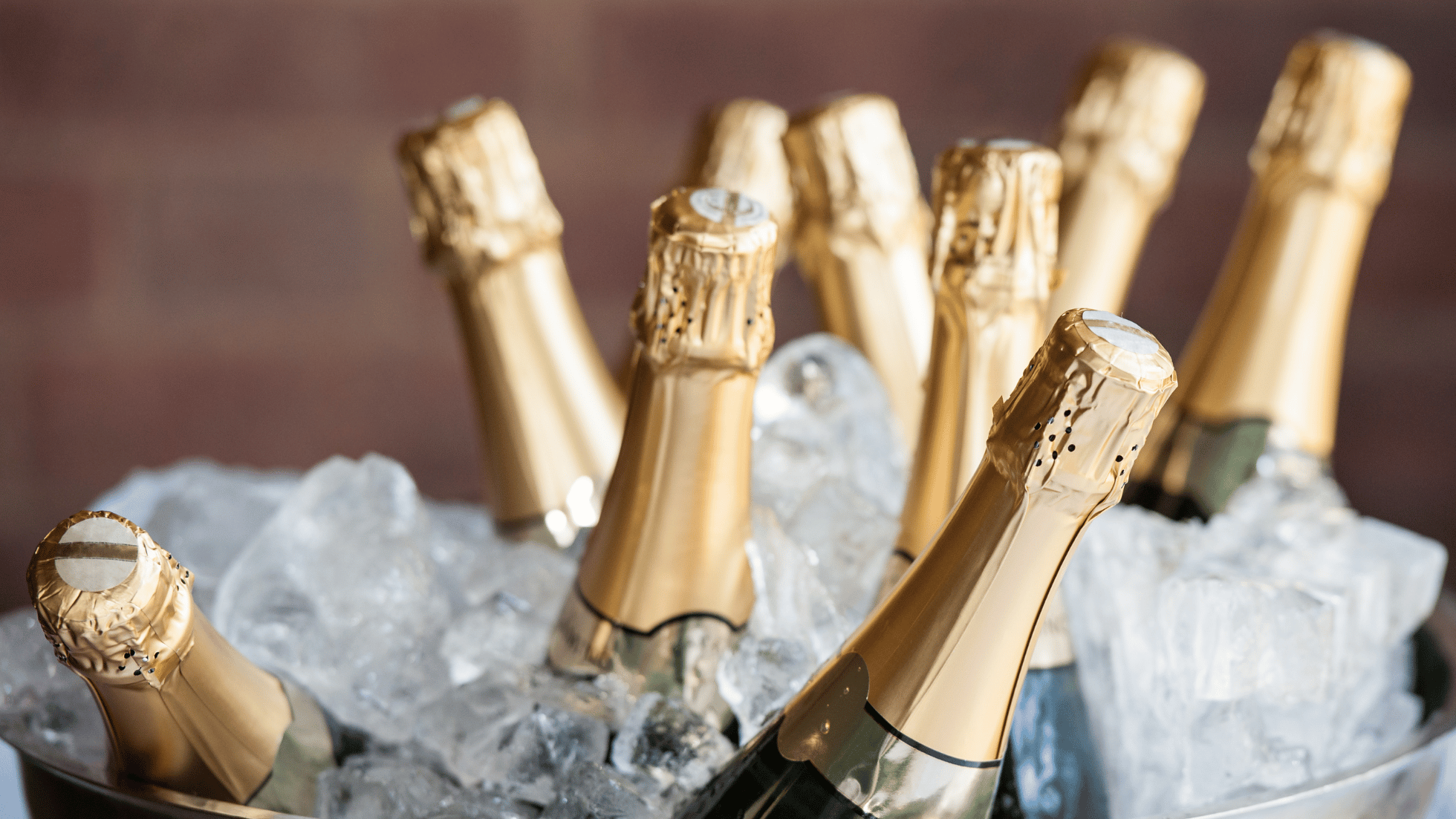Champagne, the sparkling wine renowned for its effervescence and elegance, has long been associated with celebrations and special occasions. From weddings to New Year’s Eve, this delightful drink adds a touch of sophistication to any event. But did you know that there are various types of Champagne, each with its unique characteristics and flavors? In this blog post, we will explore the different types of Champagne and provide tips on how to fully savor and enjoy them.
The Origins of Champagne
The history of Champagne dates back to the 17th century, in the Champagne region of France. It was initially discovered by accident when winemakers found that certain wines underwent a secondary fermentation in the bottle, creating bubbles. This delightful effervescence led to the birth of Champagne, and it quickly gained popularity among the French aristocracy.
Understanding the Champagne Types
Champagne comes in several different types, each offering a unique taste experience. Let’s explore the most common types of Champagne available today.
Non-Vintage (NV) Champagne
Non-Vintage Champagne is the most common type and represents the house style of a Champagne producer. It is a blend of wines from different years and provides a consistent taste from one year to another. NV Champagne is known for its crispness and versatility, making it perfect for various occasions.
Vintage Champagne
Vintage Champagne, as the name suggests, is made from grapes harvested in a single exceptional year. It is aged longer than Non-Vintage Champagne, allowing the flavors to mature and develop complexity. Vintage Champagnes boast unique and rich flavors, reflecting the characteristics of that specific year.
Blanc de Blancs Champagne
Blanc de Blancs Champagne is made exclusively from white Chardonnay grapes. This type of Champagne is known for its light and elegant profile, showcasing citrus and floral notes. It is a favorite among Champagne purists.
2012 Taittinger Comtes de Champagne Brut Blanc de Blancs Champagne

Winery Notes- Notes of candied citrus fruits, Williams pears and apricots. This Comtes de Champagne 2012 unveils pastry and brioche aromas, including lemon meringue, nougat, and almond.
Larmandier-Bernier Latitude Extra Brut Blanc de Blancs Champagne

One of the true gems in Champagne, Larmandier-Bernier is a small grower estate with eighteen biodynamically farmed hectares in Grand Cru & Premier Cru villages of the Côte des Blancs. Both the Larmandier and Bernier families have had a long history in the Champagne region, dating back to the French revolution, but it was not until the marriage of Philippe Larmandier and Elisabeth Bernier in 1971 that Champagne Larmandier-Bernier was officially established.
Blanc de Noirs Champagne
On the other hand, Blanc de Noirs Champagne is made from black Pinot Noir and Pinot Meunier grapes. Despite being made from black grapes, this Champagne remains white. It offers a more robust and full-bodied flavor profile, with hints of red fruit and spice.
Brice Grand Cru Extra Brut Blanc de Noirs Champagne

Winery Notes- The family has plots of vines in the best places in the village: “ Les Hauts Vaudayants, Les Doyennes, Le Poteau, Le Mont des Tours, Les Cercets, Les Chantereines” ; they are the foundations of the Champagnes and Bouzy Rouge produced by the House.
Moussé Fils L’Or d’Eugène Perpétuelle Brut Blanc de Noirs Champagne

A perpetual reserve is different than a solera. To make it simple, you can imagine 2 barrels. 1 full and 1 empty. You transfer half of the full one in the empty, so both are at 50%. Then, you add 50% of the new harvest in each one. You’ll bottle one of the tank, and you keep the other one to star again the next year! Cedric uses this method to strike a masterful balance between the freshness of the new vintage with the complexity and depth only “old wines” can bring.
Rosé Champagne
Rosé Champagne gets its pink hue from either a brief maceration of black grape skins or by blending white and red wines. It delivers a delightful and refreshing experience, with flavors ranging from strawberries to cherries.
Sweetness Levels in Champagne
Champagne comes in various sweetness levels, indicated on the label using specific terms:
- Brut Nature/Zero: Bone dry, with no added sugar.
- Extra Brut: Extremely dry.
- Brut: The most popular type, with a dry taste.
- Extra Dry/Extra Sec: Slightly sweeter than Brut.
- Sec: A touch sweeter, making it a great pairing with desserts.
- Demi-Sec: Sweet, ideal for after-dinner enjoyment.
- Doux: The sweetest Champagne, perfect for dessert pairings.
The Art of Opening Champagne
Opening a bottle of Champagne is a moment of celebration in itself. To do it correctly, follow these steps:
- Chill the bottle to around 45°F (7°C).
- Remove the foil and untwist the wire cage while keeping a firm grip on the cork.
- Hold the bottle at a 45-degree angle and twist it gently, allowing the pressure to push out the cork slowly.
Choosing the Right Glassware
The appropriate glassware can significantly enhance your Champagne experience. Use tall, narrow flutes or tulip-shaped glasses to preserve the bubbles and concentrate the aroma.
Serving Temperature
The serving temperature plays a crucial role in how Champagne tastes. Chill it to the recommended 45°F (7°C) to strike a balance between preserving its flavors and not losing its effervescence.
Food Pairings
Pairing Champagne with the right food can elevate both the wine and the dining experience. Some classic pairings include:
- Brut with oysters and seafood.
- Rosé Champagne with salmon and sushi.
- Demi-Sec with fruit-based desserts
Storing Champagne
Champagne should be stored on its side in a cool, dark place. Avoid keeping it in the fridge for extended periods, as the vibration can affect the wine’s quality.
Conclusion
Champagne is more than just a bubbly drink; it’s an embodiment of celebration and joy. Understanding the different types of Champagne and how to enjoy them will enhance your appreciation of this exquisite beverage. So, the next time you raise a glass of Champagne, take a moment to savor its complexity and the history behind it.

